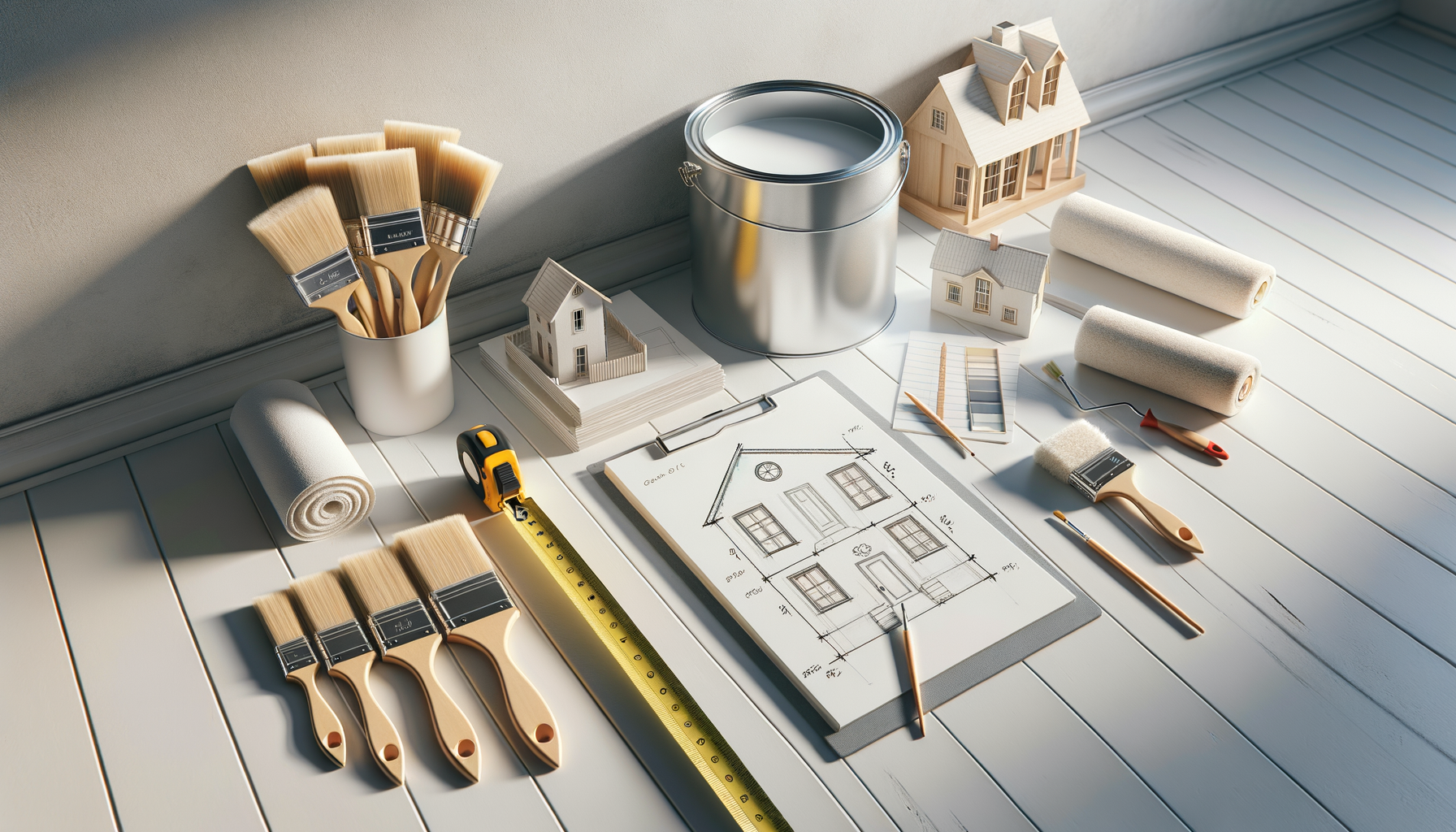Mastering Paint Quantities: Accurately Estimating Paint for Your Home

Estimating Paint Needed for Your Home
Painting your house can be a rewarding project, but knowing how much paint you need is crucial to avoid unnecessary trips to the store or running out of paint mid-project. Here’s a comprehensive guide to help you calculate the right amount.
Measure Your Space
Start by determining the total surface area you plan to paint. This involves measuring the height and length of each wall and then multiplying these numbers to get the area.
- Walls: Measure each wall’s height and width, then calculate the area by multiplying these dimensions.
- Doors and Windows: Subtract the area of doors and windows from the total wall area to get the accurate paintable surface.
Consider the Number of Coats
The number of paint coats affects the total amount needed. Typically, two coats are recommended for even coverage and durability.
- First coat: Provides base coverage and helps seal the surface.
- Second coat: Enhances color depth and ensures uniform appearance.
Choose the Right Paint
Different paint types offer varying coverage. High-quality paints typically cover more area per gallon, reducing the total amount needed.
- Matte Finish: Offers a smooth appearance but may require more coats.
- Gloss Finish: Reflects light and is more durable, often needing fewer coats.
“On average, one gallon of paint covers approximately 350 square feet.”
Calculate Total Paint Needed
Use the following formula to estimate the paint quantity:
- Total Paintable Area: Add up all wall areas and subtract non-paintable areas.
- Coverage per Gallon: Check the paint can for coverage information.
- Total Gallons Needed: Divide the total paintable area by the coverage per gallon and multiply by the number of coats.
Additional Factors to Consider
- Surface Texture: Rough or textured surfaces may absorb more paint.
- Color Change: Dark to light colors or vice versa can impact the number of coats required.
- Environmental Conditions: Humidity and temperature can affect paint drying and coverage.
By carefully assessing your home’s paintable areas and considering all influencing factors, you can ensure a smooth and efficient painting experience.